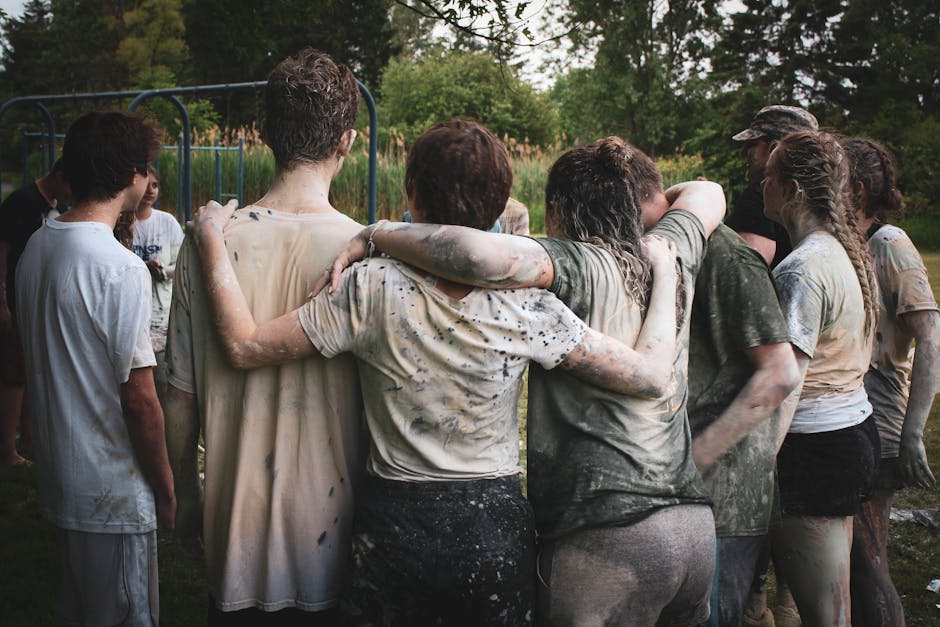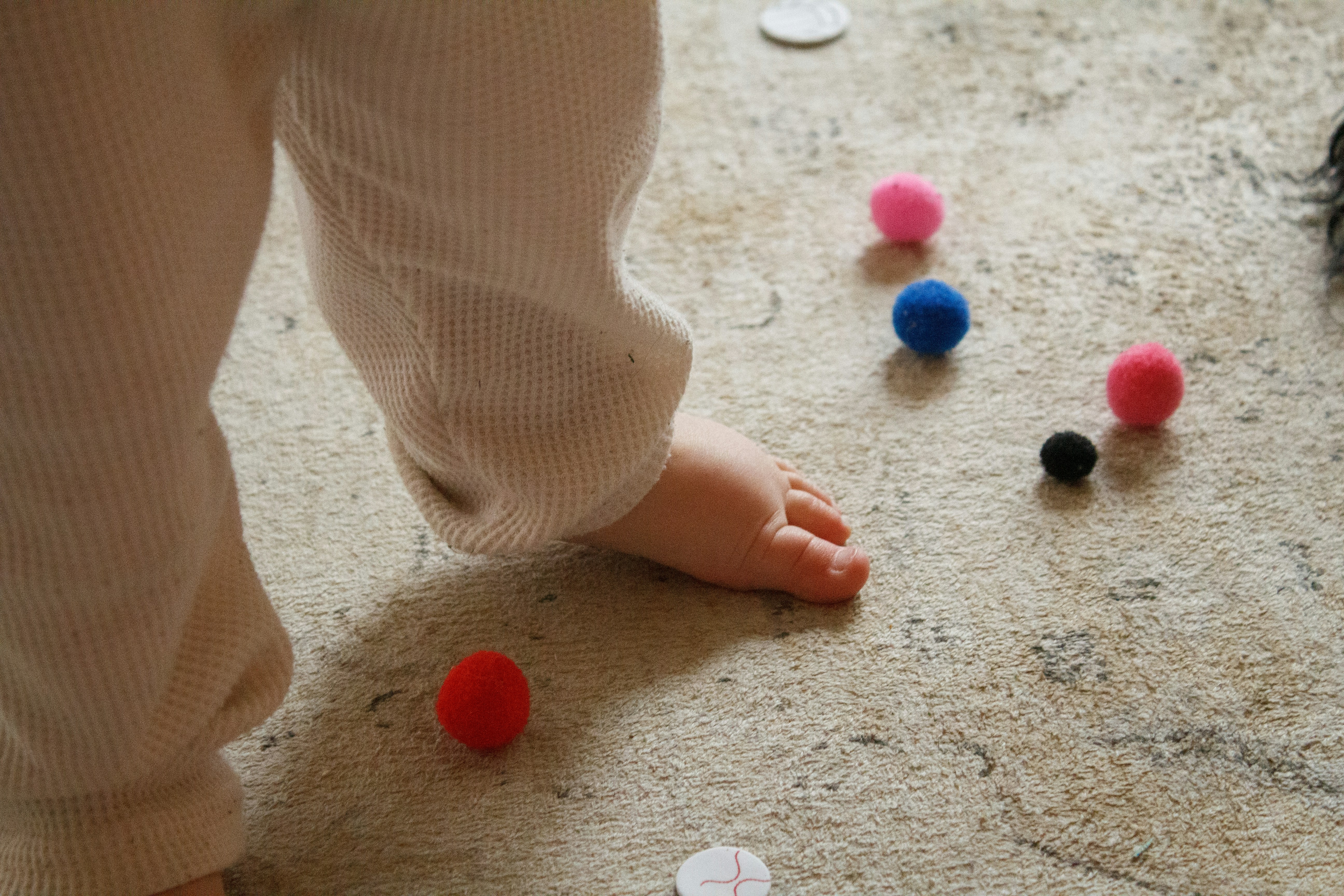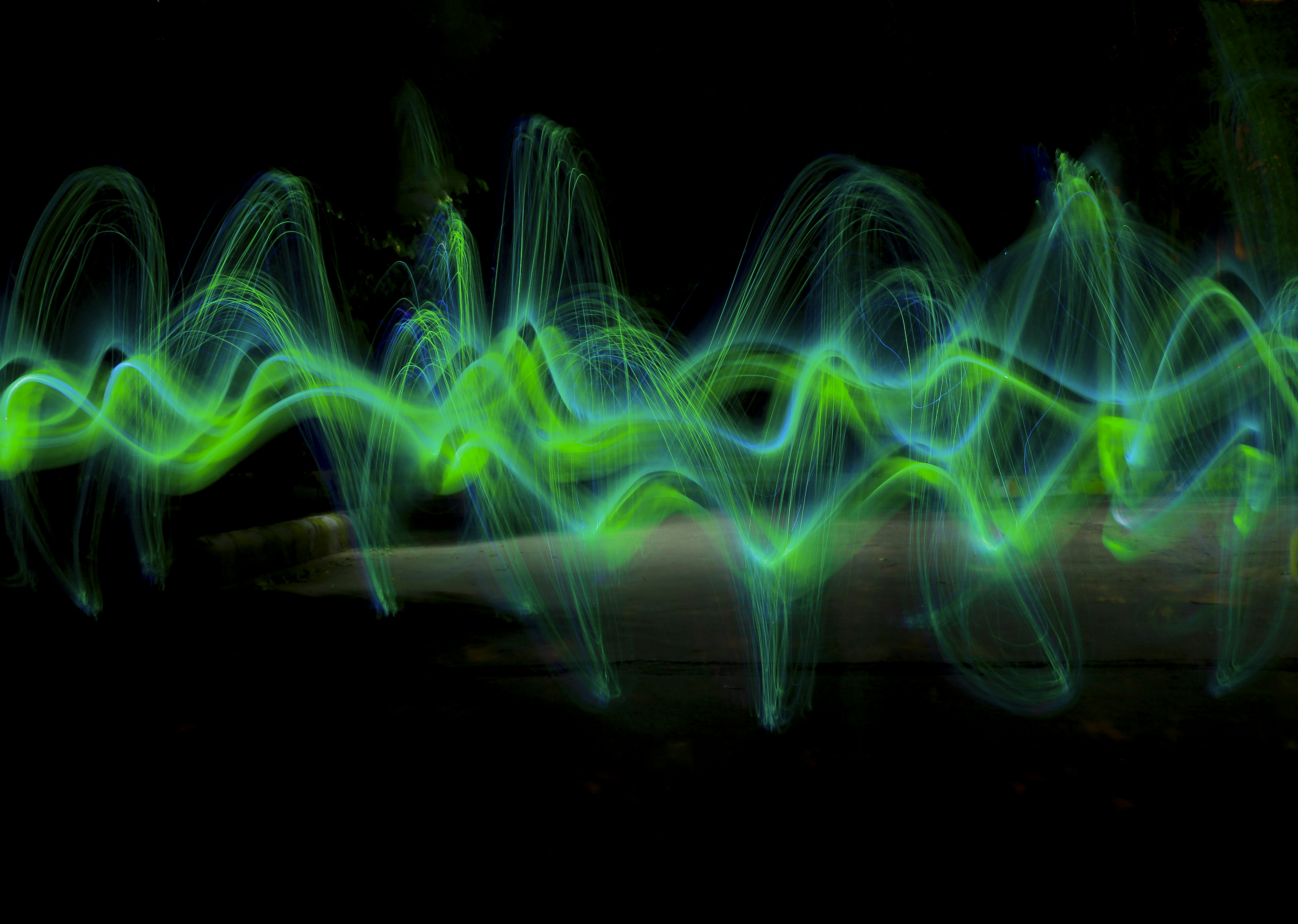Harnessing Microclimates: Craft Your Natural Space for Wellness
The modern world can often feel overwhelming, with its barrage of information and constant stimulation. Yet, hidden in the nuances of our environment is a remarkable tool for enhancing wellness and creativity: microclimates. By creating personal natural spaces, you’re not just improving your immediate surroundings; you’re harnessing the power of nature to boost your mood, sharpen your focus, and inspire your creativity in unprecedented ways.
What Are Microclimates and Why Do They Matter?

Microclimates refer to small areas where the climate is different from the surrounding region, often due to variations in topography, vegetation, or human-built structures. Unlike the broad weather patterns we typically think of, microclimates play a crucial role in how an individual experiences their environment. Those who seek to enhance their health and wellness often overlook these micro-settings but integrating them into everyday routines can yield transformative results.
Imagine sitting in your garden on a warm summer evening, surrounded by fragrant flowers and the gentle sounds of nature. This personalized natural setting serves as a little oasis away from the chaos of daily life, providing not only a mental retreat but also tangible health benefits. Researchers increasingly find that engaging with natural microclimates can reduce stress levels, enhance cognitive function, and even improve emotional well-being.
For more insights on how natural surroundings affect wellness, consider checking out the work by the Harvard University Center for Health and the Global Environment.
Cultivating Your Personal Microclimate: Tips to Get Started

Creating an effective personal microclimate doesn't require extensive landscaping or major investments. It's about being intentional with your space and interaction with nature. Below are actionable strategies you can adopt.
1. Indoor Greenery: Transform Your Living Space

Indoor plants can dramatically alter the atmosphere of your home. Not only do they purify the air, but they also contribute to reducing anxiety and boosting mood levels. A study highlighted by the Journal of Physiological Anthropology found that simply being around plants positively affects your emotional state.
To create your own microclimate indoors, consider integrating plants like snake plants, pothos, or ferns. These resilient species thrive in various conditions and can improve air quality, contributing to a calming environment.
Additionally, you might explore the biophilia effect and its role in enhancing emotional resilience through consistent interactions with plants.
2. Incorporate Natural Sounds: The Healing Effects of Audio

Sound plays a vital role in crafting microclimates, especially in urban settings where noise pollution is prevalent. The soothing sounds of nature—birds chirping, water flowing, or leaves rustling—can drastically shift your emotional state. Integrating calming soundscapes into your life can help you achieve wellness.
Consider using natural sounds during your meditation or work sessions to enhance focus and clarity. You can also explore sound therapy options, which leverages various sound frequencies for mental well-being. For example, check out the article on Sound Therapy for more options on how to integrate sound healing into your daily routine.
3. Create a Garden Sanctuary: Your Outdoor Retreat

If you have outdoor space, crafting a garden can be one of the most rewarding and therapeutic experiences. Consider growing your favorite plants, incorporating edible flowers, and creating a vibrant landscape that reflects your personality. Research indicates that engaging with gardening not only nourishes the mind but can also strengthen the immune system and decrease stress levels.
The therapeutic benefits of gardening extend beyond simple enjoyment. For more personalized insights on cultivating a garden that boosts mood, read about the health benefits of edible flowers.
4. Mindfulness in Nature: A Gateway to Clarity

Harnessing microclimates often requires a mindset shift towards mindfulness. Practicing mindfulness in a natural setting can improve mental clarity and emotional balance. Forest bathing, a concept that originated in Japan, highlights how immersing yourself in nature—whether a forest, a park, or even your backyard—can enhance well-being and synergy.
For practical strategies on how to incorporate nature-based mindfulness into your routine, check out: Forest Bathing Retreats.. Taking time to connect with the sensory experiences around you frees your mind and has lasting positive impacts on mental health.
Spicing Up Your Microclimate: The Role of Aromatherapy

We can’t talk about personal natural spaces without addressing the impact of scents. Aromatherapy involves the use of essential oils to enhance physical and emotional health. Research has shown that aroma can evoke memories, enhance mood, and improve cognitive functions—think of the calming effects of lavender or the invigorating presence of citrus.
Incorporate essential oils into your microclimate by using diffusers or applying them in your spaces. To delve deeper into the topic, explore the benefits of plant-based aromatherapy.
Embrace Playfulness: Engage Your Senses

The fine balance between creativity and well-being often lies in playful engagement. Whether through doodling, exploring sound, or even cooking, nurturing creativity enhances mental health. Every act of play is a chance to relive childhood joys, reducing stress and anxiety levels.
You might be surprised to find that even simple activities like doodling have therapeutic benefits. Discover how the art of doodling could transform your mental health by allowing you to express feelings openly and creatively.
5. Color Therapy: Designing for Mental Wellness

The colors around you can significantly affect how you feel and think. Utilizing color psychology within your microclimate can lead to profound improvements in mood and energy levels. For instance, greens and blues often evoke feelings of calmness and serenity, while invigorating yellows can spark creativity and enthusiasm.
Redesign your living or workspace with intentional color choices that can boost your functionality and emotional balance. Additional insights on how colors influence well-being are available in the article The Color Chronicles.
6. Digital Detox: Reconnecting with the Natural World

Finally, to truly harness microclimates, a shift away from digital distractions can be immensely beneficial. Digital detoxing is about setting boundaries with technology to reconnect with the physical world and your immediate environment. Allocate specific time during the week to unplug and immerse yourself fully in your natural space.
Studies have shown that a digital detox can enhance creativity and mental agility. Discover how to craft your own digital detox retreats at home and find deep clarity in your thoughts.
Final Thoughts
Harnessing the power of microclimates presents a unique opportunity for individuals seeking enhanced wellness and creativity in their daily lives. By intentionally designing personal natural spaces—whether indoors or outdoors—you can significantly improve your mental and emotional health. This journey doesn’t have to be overwhelming; start slow, make small changes, and observe how your environment influences you.
So, roll up your sleeves, get your hands in the earth, explore your senses, and embrace the wonders of the healing properties that microclimates offer.



